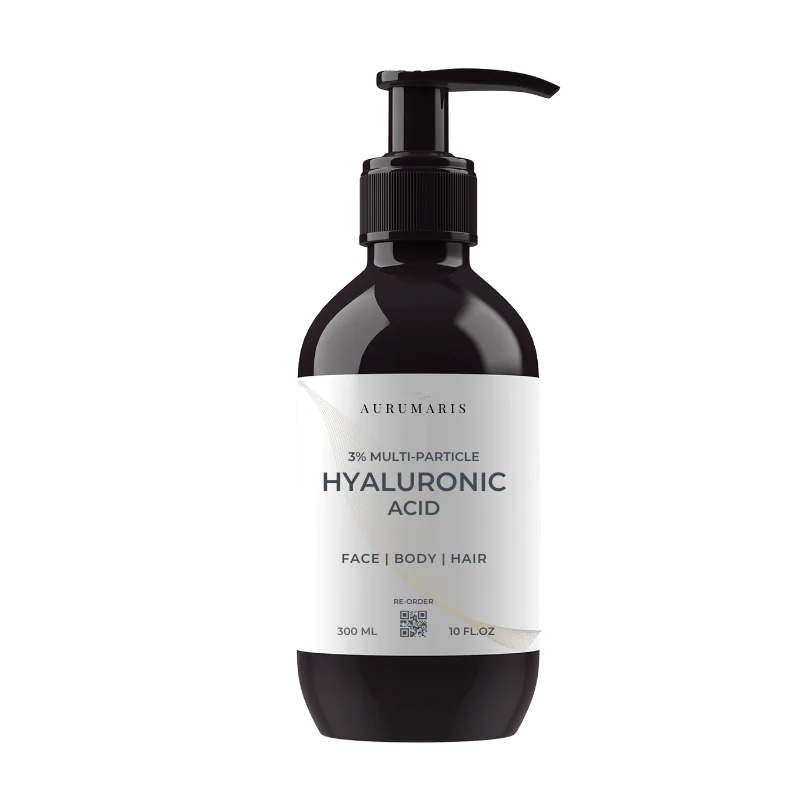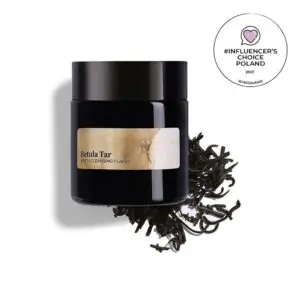PATENT STOSOWANIA METODY BAZUJĄCEJ NA GŁÓWNYCH SKŁADNIKACH NANO-NEEDLES®

“THE FRESH-WATER SPONGE”, SPONGILLA LACUSTRIS LINN., IN MASSACHUSETTS

“Photosynthesis by symbiotic algae in the freshwater sponge, Spongilla lacustris.”
Abstract
Spongilla lacustris is a common freshwater sponge which becomes dark green at high illumination due to the presence of numerous symbiotic zoochlorellae. Oxygen metabolism of Spongilla from a shallow Danish stream was analyzed in relation to concentration of tissue chlorophyll, incident light, and external CO2 concentration. Photosynthesis at light saturation increased linearly with chlorophyll content of the sponge. High light intensity was needed to saturate photosynthesis in green Spongilla because of strong light attenuation in the sponge tissue, whereas. isolated zoochlorellae in suspension saturated at low light. High CO2 concentration — substantially above air saturation — was also required to saturate photosynthesis of green Spongilla. We found that daily net production of Spongilla was low based on photosynthesis alone, and filtration of particles was probably needed to support the prolific growth observed in the stream. The estimated net gain from symbiotic algae could, however, substantially increase Spongilla growth in the light.
“PATENT PENDING: Spongilla-based therapeutic compositions for treating and preventing acne.”
BACKGROUND OF THE INVENTION: Skin diseases remain a significant medical and social problem throughout the world. The most common, and therefore the most significant skin diseases, include acne vulgaris, rosacea, seborrheic dermatitis, eczema (atopic dermatitis), psoriasis, photo-aging and actinic keratosis. These skin diseases combine to account for billions of dollars in medical treatments and untold emotional suffering. The emotional impact of skin disease is particularly relevant because patients become easy prey for unscrupulous practitioners and treatment regimes of questionable efficacy. Over the last one hundred years significant advances in pharmaceuticals and dermatological procedures have greatly reduced the severity and frequency of skin diseases. However, many patients do not comply with the often complex and tedious treatment protocols their practitioners prescribe. Moreover, the long-term use of antibiotics has resulted in increased microbial resistance of the bacteria responsible for various skin diseases. Additionally, other chemotherapies can be extremely toxic and have long term deleterious effects on the patient’s health and skin. Therefore, alternative therapies for treating skin disorders that are safe, effective and easy to use are urgently needed.





